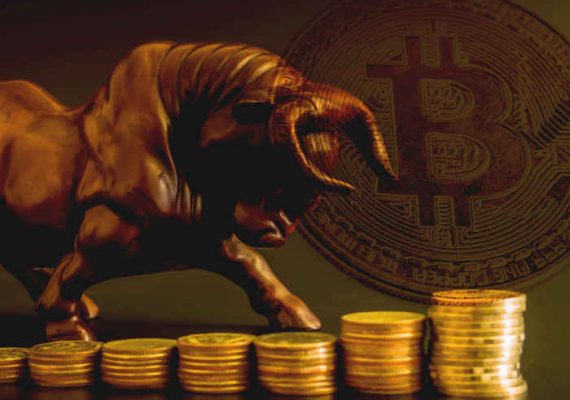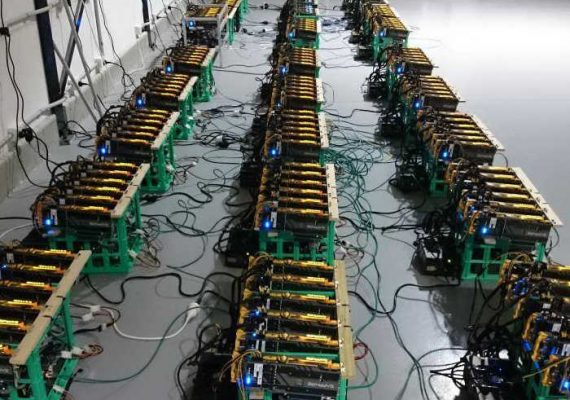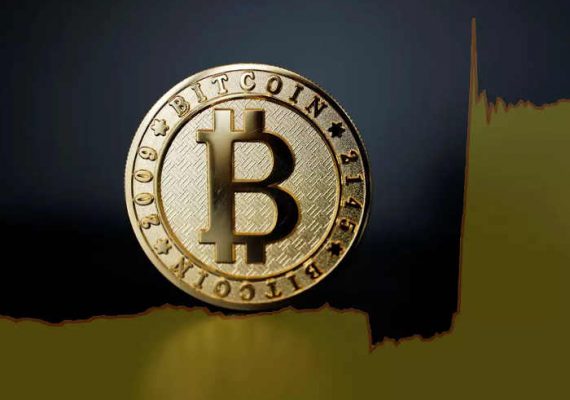Canadian regulators have recently unveiled new rules for the crypto industry, one of which banishes algorithmic stablecoins from exchanges. From now on, it’s no longer allowed to allow algo stablecoins to trade unless they have special authorization from the Canadian Securities Administrators (CSA).
Canada Starts Its Crackdown on Stablecoins
Algo stablecoins have gotten a bad rep over the last 12 months or so, particularly after the collapse of TerraUSD (UST) and Terra Luna (LUNA) coins. As a reminder, about $50 billion was wiped up within 72 hours when the two interconnected tokens crashed.
The disaster prompted regulators around the globe to move their focus to stablecoins, and one of the first to act were those from CSA. The governmental body consists of securities regulators from all of Canada’s provinces and territories. One of its responsibilities is to control the crypto trading business in the country.
With its new set of crypto regulations, CSA has de facto started a crackdown on algo stablecoins in Canada. The regulators demand that Canadian crypto exchanges remove all stablecoins from their platforms that do not have explicit approval by CSA. In order to get the CSA approval, the stablecoin needs to fulfill a set of requirements, one of which is that it needs to be backed by fiat currency.
A Brief History of Algo Stablecoins
Since the Terra-Luna disaster, algo stablecoins have been getting pretty much nothing other than bad press. However, the creators of these coins did not envision high-risk cryptos when they came up with the idea. Instead, their goal was to create coins that would help price stability on the market.
Their solution to the problem was to create a symbiosis between two cryptos – a stablecoin and another token that would support it, with a smart contract governing the relationship between the two.
Algo stablecoins are not fiat-backed like stablecoins such as Tether. Instead, their value is backed by other tokens. In the case of the TerraUSD (UST) coin, its value is based on the value of its sister-coin LUNA.
To understand how the Terra-Luna collapse happened, you need to understand that UST is created by burning LUNA, and vice versa, depending on the demand for the two coins. If there’s a higher demand for LUNA, UST will be burned to create more of those coins.
Some investors decided to use this fact against the two tokens. What they did was start selling off UST on Binance and other exchanges. In turn, it caused a reduced demand for UST, causing the algorithm to start burning it in order to mint more LUNA tokens. This led to a colossal de-pegging of UST, which, in turn, led to the crash of LUNA, making $50 billion vanish along the way.
Do Algo Stablecoins Have a Future?
At its highest, UST was the third-most valuable stablecoin in the world. After the 2022 crash, it still hasn’t recovered significantly, adding to the fear that algo stablecoins are doomed for good.
Still, in 2023, there are still many algo stablecoins that keep a relatively high value. Djed ($DJED), for example, which is based on Cardano, keeps on growing. In fact, as recently revealed, the token has a 31.6 million backing in ADA.
Other algo stablecoins that keep doing great in 2023 include DAI, Ampleforth, Frax, and so on.










